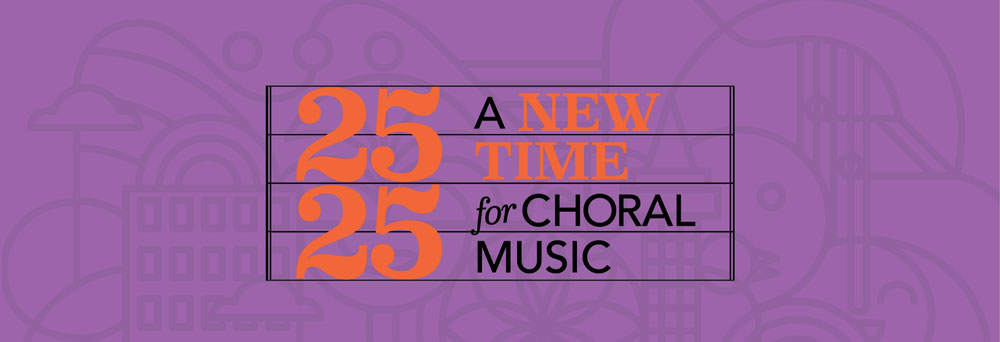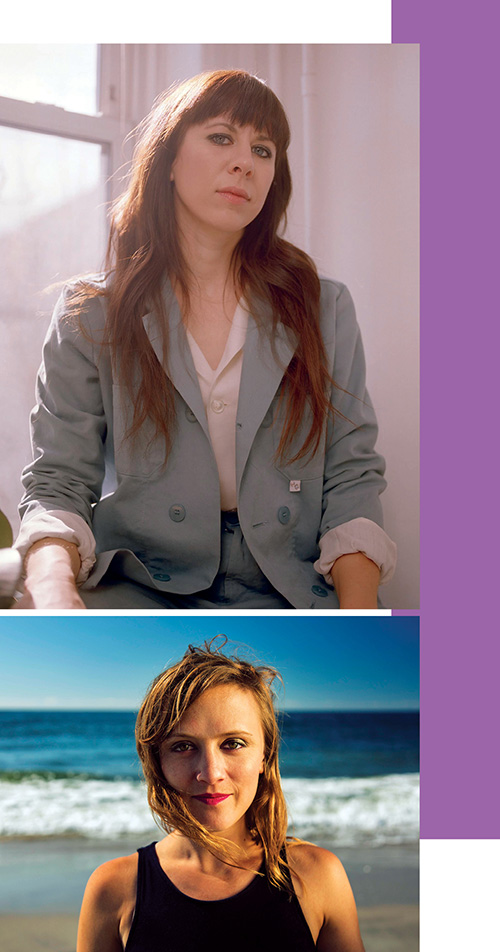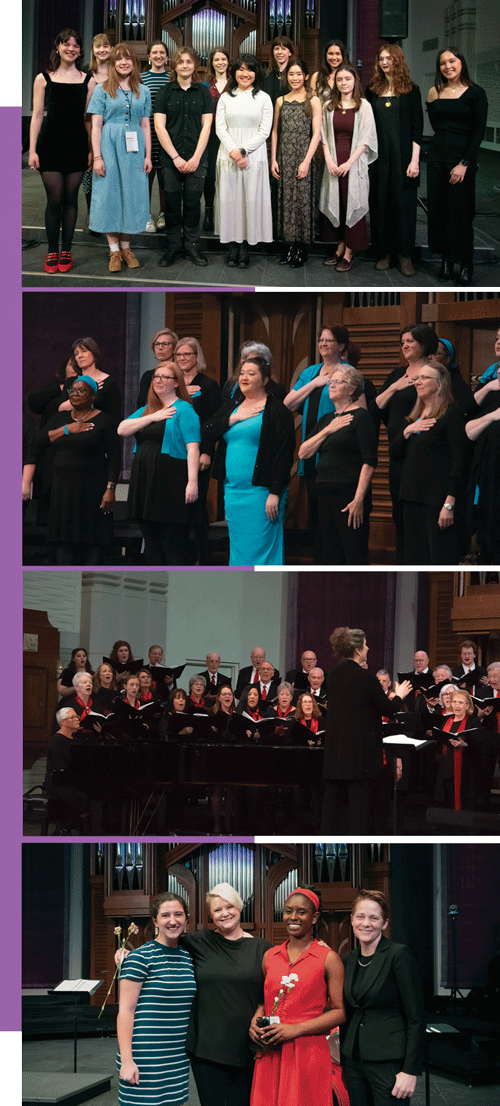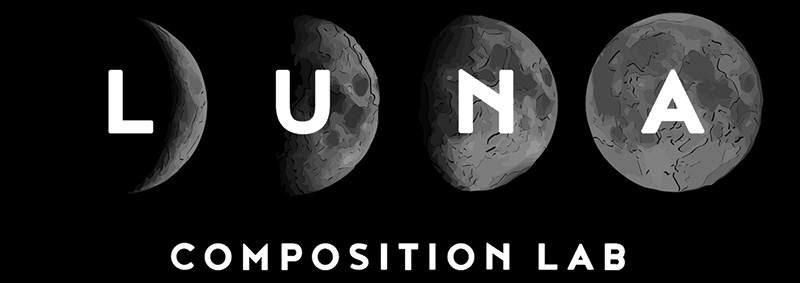
by Anne Arenstein
The May Festival devised a brilliant initiative to celebrate its 150-year history of commissioning new choral music, and its ties with the area’s choruses: “25 For 25: A New Time for Choral Music.” The culminating event was presented at Christ Church Cathedral on March 19 and was groundbreaking on many fronts.
For more than four hours, audiences heard an intriguing selection of choral music written by 25 composers in their teens and early 20s, performed by ensembles representing the region’s extraordinary diversity of choral singing. The attendance was equally impressive: nearly 2,000 were on hand throughout the afternoon.
“We wanted to honor the May Festival’s 150th anniversary and its legacy of commissioning new works since 1873,” explained Matthew Swanson, Associate Director of Choruses and May Festival Youth Chorus Director. “The idea was to commission 25 new works and give them away to area ensembles so they could celebrate with us.”
Enlisting 25 composers was a daunting task, but Swanson found a unique resource in Luna Composition Lab, a fellowship program founded in 2016 by composers Missy Mazzoli and Ellen Reid to provide mentoring, education and resources for young female, nonbinary and gender nonconforming composers ages 13–18.

Mazzoli and Reid are prolific, award-winning composers whose works are programmed throughout the world. But their shared experience of being the only female in a room of white male composition students led to establishing Luna Lab, the only program of its kind in the U.S. Its success in launching the careers of young women composers and fostering a strong alumni network matched the May Festival’s goals.
“The May Festival’s initiative is the largest scale project we’ve had,” Mazzoli said. “It’s the first time almost all of our alumni have been commissioned and, for most, it’s their first professional commission.”
In January, the May Festival announced a $20,000 grant from the National Endowment for the Arts for project support. Each composer received a stipend, travel funds and support for a professional recording of their work’s performance.
Composers met with their respective chorus directors online beginning in August 2022. Although many of the composers are singers and have written for the voice, this was their first experience writing for a vocal ensemble.
The 25 choruses included children’s and youth choruses, men’s and women’s ensembles, and chamber groups as small as eight singers.
The results demonstrated remarkable facility across a range of styles, from Gregorian chant to blends of spoken word (including Korean text) with vocal textures. It would be wrong to call these works juvenilia; they are the works of assured accomplished composers.
For many composers, the first hurdle was the text.

Sage Shurman, a high school senior from Pasadena, wrote “Spring is My Complicity” for the Northern Kentucky Community Chorus directed by Stephanie Nash.
She opted to write her own text, “a meditation on climate change from the perspective of Mother Earth,” she wrote in her program note.
“At first, the text was very wordy and sentences were unsingable,” she said. “As I was scrapping words, I came to a new idea, ‘Spring is My Complicity,’ and from that I built the piece.”
“I wanted it to move forward in terms of experiencing the words in a new way,” she continued. The text begins with rich choral phrases that suddenly go awry tonally, culminating in a mezzo-soprano solo that is completely consonant.
Joanna McDonald’s “Untamed” sets verses from Vachel Lindsay’s poem “The Broncho That Would Not Be Broken of Dancing.” After several conversations with Young Professional Choral Collaborative director Danielle (Dan) Cozart Steele, McDonald developed a structure that placed an American Sign Language (ASL) interpreter as the central character.
“Dan wanted to create an interaction between interpreter and choir,” McDonald explained. “The poem has different characters, so why couldn’t I do that with the ensemble? Working in a more collaborative manner led to a creative solution.”Anya Lagman, a native of the Philippines, worked with poet Catherine Hollis on the text for “I Am Mother,” written for MUSE, Cincinnati’s Women’s Choir, directed by Jillian Harrison-Jones. Lagman honors Filipina migrant workers living away from their families, but becomes universal, beginning as a quiet lament and building to a multilingual cacophony of mothers calling out.
“I wanted to drive home an idea of motherhood that wasn’t culturally specific,” she said. “It’s a profound topic that’s unspoken.”
Frequent online conversations aided composers and choral directors to shape the appropriate vocal settings for their respective groups. Composers were eager to take on challenges, and conductors had no difficulty working with young composers, many still in their teens. They were even more impressed by how rapidly the work progressed: many compositions were in hand by January.
Choral directors acknowledge that working with new music is a difficult process for even the most professional ensembles.

“They were nervous,” said Xavier University Choir’s director Matthew Swanson. “Maya Miro Johnson’s ‘Strange Father’ has graphic notation and other notation systems she developed. It took us a couple of rehearsals to get used to those elements.”
“Admittedly, singers got frustrated because they wanted to get it right,” added Jillian Harrison-Jones. “I kept reminding them to trust the process, and we got there.”
“I told them that we were going to bring a new piece to life written by a composer writing choral music for the first time,” said Stephanie Nash. “We have to be so good that an audience hearing it for the first time will get it.”
The audiences got it, and Missy Mazzoli and Luna Composition Lab Executive Director Alyssa Kayser-Hirsh were visibly elated by the reception.
“It really does feel like a community showcase with the community here in support of this,” Kayser-Hirsh said.
“This is an amazing crowd! Everyone is so open to hearing new music for the first time,” Mazzoli added.
Each composer will receive a professional recording of their chorus’s performance, but an even more important take-home is the confidence and assurance gained throughout the process.
“I’m so proud of my colleagues and I’m proud of myself,” said Joanna McDonald. “We’re walking into this venue, we’re all women composers, we’re writing good, mature new music and it’s great that people are recognizing that. It’s so cool!”
FOR MORE INFORMATION about the Luna Composition Lab, visit lunacompositionlab.org. For more about 25 for 25: A New Time for Choral Music project, please visit mayfestival.com/25.
MARK YOUR CALENDAR!
Selected performances from the March 19 “25 for 25” concert will be broadcast on WGUC 90.9 FM, Sunday, Oct. 1 at 8 pm.
